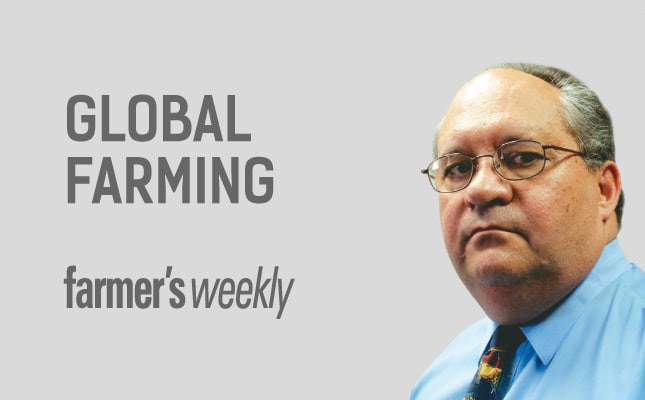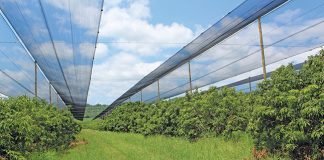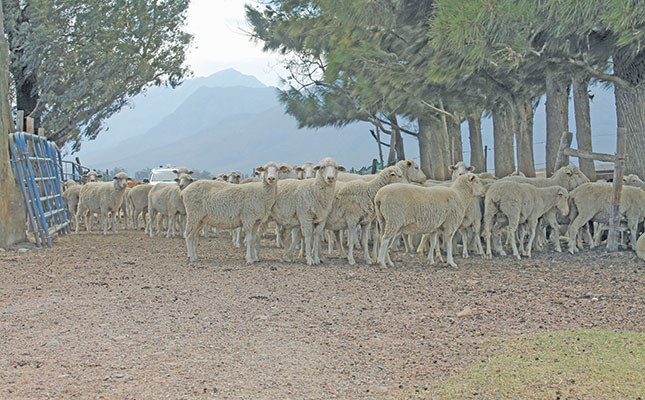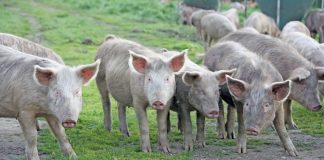
Much has been said and written about the economic impact of the coronavirus disease (COVID- 19) pandemic and subsequent lockdowns.
It should be remembered, however, that the global economy had already slowed down by the time the effects of the outbreak took hold.
This slowdown affected agricultural product prices. The Food and Agriculture Organization of the United Nations (FAO) All Food price index decreased 6% from January to March, with meat prices decreasing 9%, dairy prices remaining stationary, and grain prices dropping 2%.
US maize traded 11% lower in April than in January, while wheat prices were 8% down. Global dairy product prices decreased by an average of 15% from their December peak.
The slowdown in economic activity had a huge impact on energy prices; the Brent oil price dropped 67% from US$66 (about R1 217) a barrel at the end of December 2019 to US$22 (R406) a barrel at the end of April 2020. The weakening rand limited the effect of the lower oil price in South Africa to a 50% decrease in the Safex-quoted diesel price.
Lockdown
The effect of the lockdown on farmers varied between countries. In the US, where fast-food outlets are a major part of the food value chain, the lockdown saw farmers dumping products such as milk and vegetables.
The milk situation was exacerbated by the seasonal increase in milk production.
The FAO has reported that while grain prices, with the exception of rice, have decreased, the situation varies between countries, with many experiencing higher prices. The organisation is concerned that disrupted supply chains may cause lower availability in some countries, resulting in price spikes.
South African outlook
South Africans rushed to stock up with food just before the lockdown. Predictions of a sharp decrease in demand after the lockdown started were wrong.
Feedlots managed to decrease weaner prices to R22/kg, but were forced to increase prices to R30/kg and higher to obtain enough calves to feed.
The portion of some South African consumers’ disposable income available for food has actually increased as transport and other costs have fallen and as shops other than food sellers have been forced to close their doors.
Many better-off families visit a restaurant or buy takeaway food regularly. With restaurants and fast-food outlets currently in lockdown, these families have extra money to spend on basic food. For the price of a T-bone in a restaurant, you can buy at least three at the butcher, and one cappuccino costs as much as 2ℓ of milk.
Cheese producers who sell mainly to the fast-food trade were hard hit when these outlets were closed down.
South Africa’s export industries are generally not worse off under lockdown, as the drop in the value of the rand to more than R18/ US$ resulted in higher export prices. However, government decided to block wine exports, causing major losses to the industry.
Fortunately, with the easing of restrictions, these exports have now been allowed to resume.
An ailing economy
Farmers are probably the sector least affected by COVID-19 in South Africa. Consumers who usually take the availability of food on the shop shelves for granted should have a new, increased appreciation of farmers’ role in the food chain.
The lower interest rate also provides relief for farmers.
Nonetheless, the impact of COVID-19 on an ailing South African economy will result in a future decrease in demand.
This will affect farmers, who will have to manage stagnant prices and the increasing cost of imported farm requisites.










